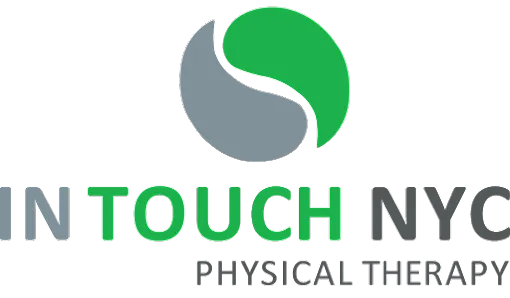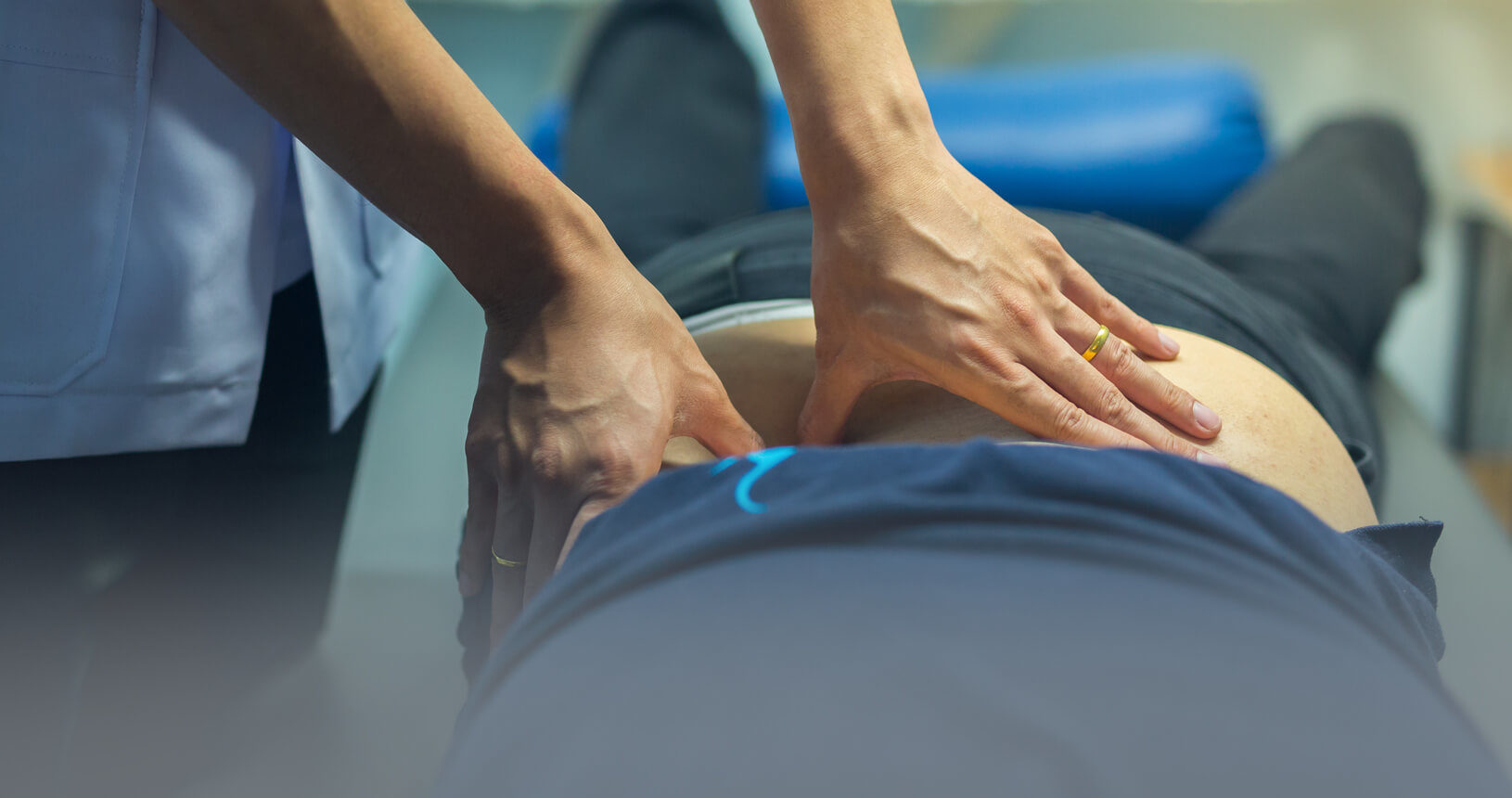While touch becomes less frequent as we grow into adulthood, the power of physical contact never diminishes. That is why touch is such a central part of any physical therapy approach – It taps into emotional, physical, and relational benefits that can speed healing.
Touch in PT provides physical healing
Many physical therapy exercises can be accomplished without touch between the therapist and the patient. The therapist, for example, can simply demonstrate the proper technique or verbally explain the exercise.
However, some healing in PT has to include physical touch. For example, the therapist may need to perform a massage in order to loosen muscles or stretch a joint in order to determine range of motion. Other physical benefits of massage include the following:
- Relax muscles
- Improve circulation
- Strengthen joints
- Prevent injuries
In these cases, physical touch provides meaningful physical benefits that help patients get back to health more quickly.
Touch in physical therapy builds trust between patient and therapist
Patients need to trust their physical therapists if they are going to heal properly. A patient who feels that their therapist cares about them and is capable of treating them is more likely, for example, to follow their therapist’s instructions at home or to open up about their concerns so that the therapist can treat them more effectively.
When a physical therapist touches their patient in order to evaluate the area causing pain, deliver a pain-relieving massage, loosen up scar tissue, or accomplish other restorative tasks, they do more than deliver physical benefits.
Their touch conveys the physical therapist’s compassion and concern to the patient. When patient knows that their therapist cares about them, they experience a sense of comfort and well-being that makes it easier to trust their PT with their treatment needs.
Physical touch can provide pain relief
Pain is overwhelmingly what drives patients to seek physical therapy. Pain can be debilitating, stealing a patient’s mobility, and their ability to accomplish daily tasks. The process of PT can gradually lessen their pain and strengthen their bodies so they can get back to living the life they love.
Physical touch can help. The act of touching somebody releases oxytocin and other hormones that are known to reduce discomfort and deliver a sense of comfort. While ongoing PT may be required to address and correct the cause of the pain, the physical touch helps to provide more immediate relief.
Touch can relief stress
As patients experience relief from their discomfort, they also experience something deeper than physical benefits: They also experience a reduction in their stress levels.
Pain is not the only stressor for patients. They may be nervous about the physical therapy. They may be nervous around medical professionals in general. They may feel uncertain about how their condition will impact their daily life in the long-term.
Physical touch in PT, can help in these situations too, by reducing the levels of cortisol, a hormone linked to stress, in the brain. That means that touch in physical therapy can help patients to relax and focus on their treatment.
Physical touch can help patients explain their pain
Sometimes, identifying the source of pain can be difficult. Touch can help patients more clearly identify the area of pain so that the therapist can more effectively develop a customized treatment plan.
This is why a PT may touch the area of the body that the patient finds painful, such as a knee or a tendon. That touch can help patients to more accurately identify the location, depth, and type of pain they are experiencing.
With a clear picture of the problem, the PT can proceed to develop a treatment plan that addresses the patient’s discomfort and speeds their way toward healing.
Touch can occur for many reasons during a physical therapy session: As a massage, as a stretch, as a way to explore the painful joint or tendon. Each time it occurs, however, it delivers a number of important benefits to patients that help them to gain confidence in their bodies, in their therapist, and in their journey toward health.
Here at In Touch NYC, we are a partner in that journey with compassionate, skilled physical therapists who tailor your treatment plan to your needs. Contact us today to find out how we can help you at any of our NYC locations!



